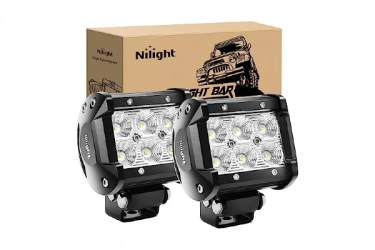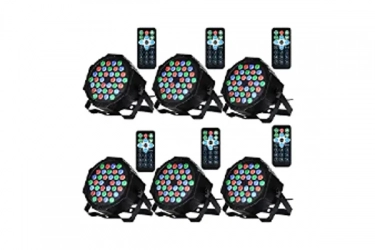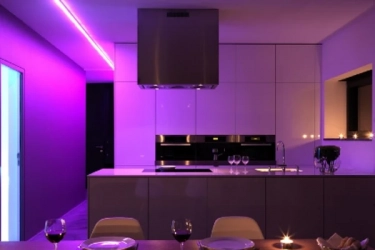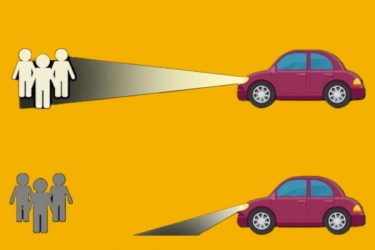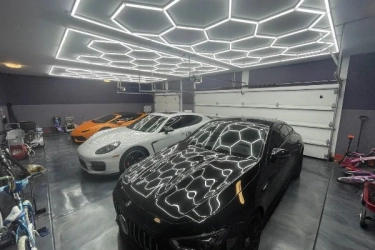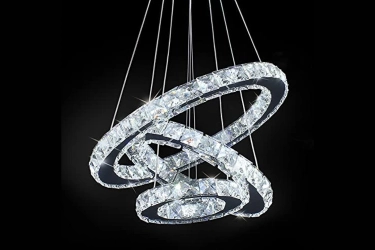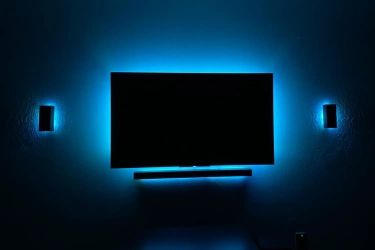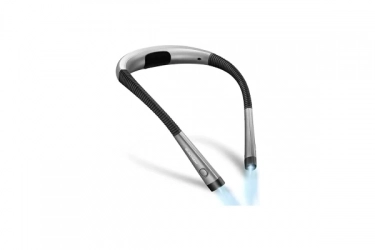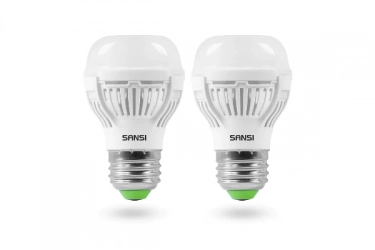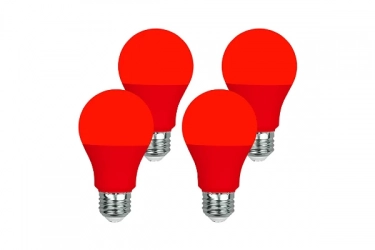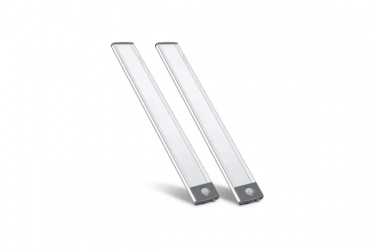We independently research, test, review, and recommend the best products. If you buy something through our links, we may earn a commission.
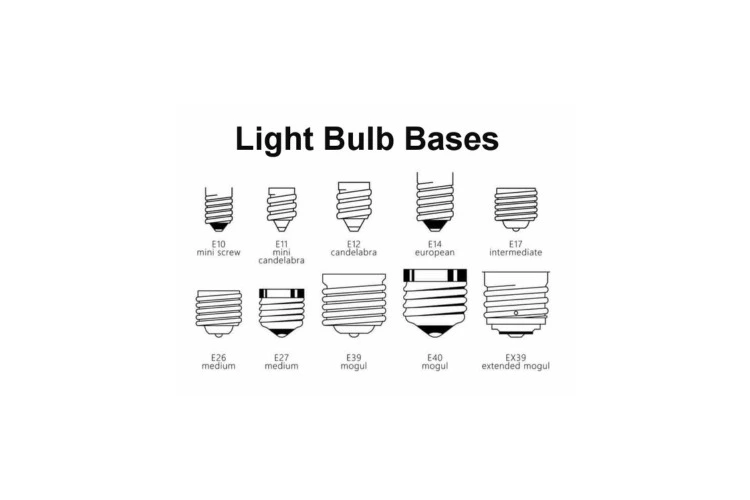
Every lighting fixture has specific criteria for the size and shape of the light bulb base, and your bulb will only function properly if it is fully consistent with the light socket. As a result, anytime you go out to purchase a brand-new light bulb, first, look at its packaging to see what light bulb base sizes it has.
Today, bulbs are widely used in many different applications, such as Christmas lights, outside string ornamental lights, nighttime lamps, signal lights, and other typical uses. The bulb forms, which may be pear-shaped as well as spherical globe-shaped, do not differ in terms of size and thread; instead, the screw bases do.
We've briefly covered the most standard light bulb base types and light bulb size chart below to assist you in truly knowing what standard light bulb base sizes you need for various circumstances and installations.
What Is The Standard Light Bulb Base Sizes
Light bulbs, usually referred to as spotlights in the market, are available in a wide range of sizes, shapes, & temperatures (colors) to accommodate a wide range of fixtures, each of which requires a distinct base and other factors. Light bulb base codes are used to identify them, with the letter designating the base's shape and the number designating its size. If you're unclear whether the base of your bulb will fit, ask a store employee for guidance on the optimal fit.
The phrases medium, intermediate, candelabra, & mogul are frequently used. You could also come across E26, E12, E39, and other obscure codes, though, because of the light business like them. Of course, E stands for Edison. The millimeter value following the E represents the base's diameter (mm). Higher-wattage incandescent & HID lights have big Mogul bases called E39s. Due to the single contact button in the base's middle, the majority of Edison base bulbs are referred to as "single contact" bulbs.
The screw medium E26 base is the most typical base for a lightbulb. It is utilized in the majority of halogen, LED, CFL, and historical incandescent light bulbs. The Candelabra E12 base, that's utilized for smaller decorative incandescent/antique lights, is the second most popular bulb base. It is uncommon to find the intermediate E17 base. Details about what is the standard light bulb base are provided below.
E26 Standard Light Bulb Base
These are the most widely utilized light bulbs in North America, with a base diameter of 26mm. You can notice that there are numerous LED light bulbs with different functionalities, such as dusk to dawn lights, smart lights, yellow bug lights, etc. when you search for light bulbs online using the E26 keyword. These are the most common LED light bulbs that are capable of supplying all of your illuminations needs while using very little power.
Among all bulb bases, the screw medium E26 bulb base possesses the most widespread medium base socket dimensions. Most incandescent, retro LED, CFL, & halogen light bulbs contain it. They are always a nice choice, and having some on hand at home is never a bad idea. The E27, which is widely available in Europe and Asia, is remarkably similar to this base. It is only slightly larger than American standards by a millimeter. Both of them can be used interchangeably as long as they have the same voltage or are universal bulbs.
There are a few factors to keep in mind about the standard E-26 light bulbs:
- The term "E-26" does not relate to the glass or bulb's form.
- Only the size of the light bulb base that screws into the socket is referred to as E-26.
- E 26 is often printed by the manufacturer on the light bulbs.
- An E-26 bulb may additionally be an incandescent or LED light bulb.
- E-26 can also refer to the light holder's size. Hence, when someone refers to this lamp base as having an E-26 lamp holder socket that is UL certified, they are referring to the E-26 light bulb that is used.
E12 Standard Light Bulb Base
An e12 light bulb has a smaller bulb base than an e26 light bulb. These E12 light bulbs are frequently used in ornamental lighting, such as chandeliers, pendant lights, and wall lights, because they are made to resemble candle flames or come in other designs.
Any kind of lamp can have an Edison Screw base. Any kind of light bulb can be attached to a screw base of any sort. However, the designation "E12 bulb" refers to the traditional screw base instead of the actual light bulb.
There are two basic base kinds for twist and lock bases: spotlight and bayonet.
In contrast to Europe, where bayonet bases are rather prevalent, they are not very frequent in the US. Although both the BA15 and the B22 light bulb base types are common in both areas, the BA15 is only marginally more common in the US, while the B22 is rather well recognized in Europe and is utilized in a wide variety of lighting fixtures. The GU10 is the industry standard for twist-and-lock spotlights.
There are a lot of various varieties of pin base lights.
The G5, which is used in CFL tube lights, and the G5.3, which is frequently used in spotlights, are the two most popular. The number denotes the base width in millimeters, the same as with all other bulbs.
These LED light bulb base sizes are widely used for decorative lighting in homes, including holiday lights and other types of lighting.
What Is The Standard Light Bulb Base Purpose?
Different light bulb bases provide different purposes.
- Since the connection is safe and solid, screw bases have been the norm for many years. If you have a question, please contact us.
- Smaller bulbs can more readily fit into a smaller fixture or light because pin-type bases enable a more compact socket. Modern lighting is more streamlined and stylish, necessitating a more effective method of bulb installation.
- In addition, installing Edison lights in a tight space by tediously screwing them in is significantly slower and more difficult than using the twist-and-lock technique.
- The electrical point of contact between both the bulb and the power is provided by the base or cap. Also, it aids in keeping the bulb firmly in its socket.
By employing adapters that adjust the base's shape to fit the type of socket you have, you can, in fact, swap Certain bases without risk. For instance, you can purchase adapters that have an E12 base on one end and an E26 base on the other, which you can then screw into the appropriate socket.
A similar adapter is available to change a bulb to an Edison base. The adaptor can then be put in after the pin base has been inserted. At this point, a strong word of caution. You may occasionally come across internet vendors selling adapters that have been changed from an Edison screw bulb to a bayonet cap base, similar to the other adapters discussed above.
In this situation, if you unintentionally touch the metallic section of the base while using an adapter to screw in your light bulbs and receive a severe electrical shock. This is due to the fact that the Edison base's twin bayonet base now has polarity and is no longer neutral and secure to touch while plugged in. Even the metallic portion of an Edison bulb's base, which is neutral when used, is safe to touch. In any event, buying this adaptor is not advised.
You May Also Read
Conclusion
You can make sure that you acquire the correct standard light bulb base sizes by knowing the kind and size of the bulb base. You might be able to reply to it now that you understand what is the standard light bulb base, how to recognize and measure the base of your light bulb or the associated socket.


